Unveiling the Nighttime Encounter
On October 15, 1957, 23-year-old farmer Antônio Vilas-Boas was working late in the fields near São Francisco de Sales, Minas Gerais, Brazil, to avoid the daytime heat. Around 1 a.m., he noticed a peculiar red light in the sky, which he initially mistook for a star. As it grew larger, it revealed itself as an egg-shaped craft with a rotating cupola and a red glow at its front. The craft descended, its three legs emerging as it landed in his field. Boas attempted to flee on his tractor, but the engine failed, forcing him to run on foot. He was soon apprehended by a five-foot-tall humanoid in a helmet and overalls, emitting yelps instead of speech. Three more beings joined, dragging him aboard the craft. Inside, Boas was stripped, covered in a gel-like substance, and led through a doorway marked with strange red symbols, which he later sketched for investigators. The vividness of his recollection, without hypnotic regression, lends a chilling authenticity to his account, though it also fuels skepticism about its origins.
The onboard experience took a stranger turn. Boas described being placed in a room where a gas was released, causing nausea. A female humanoid, naked with blonde hair and slanted eyes, entered. Despite his initial repulsion, Boas engaged in sexual intercourse with her, later speculating her intent was to produce a hybrid offspring. She gestured to her belly and the sky before he was escorted off the craft. The encounter lasted roughly four hours, and Boas returned to find his tractor operational again. His detailed narrative, including the female’s animal-like growls and the craft’s mechanical hum, paints a vivid picture, but its fantastical elements challenge credibility. Skeptics point to a November 1957 article in O Cruzeiro magazine, which published a similar abduction story, suggesting Boas may have drawn inspiration from it.
Physical and Psychological Aftermath
Following the encounter, Boas suffered immediate physical symptoms. He reported nausea, weakness, and headaches, alongside skin lesions that appeared without bruising. These symptoms persisted for weeks, prompting him to seek medical attention. Dr. Olavo Fontes, a physician affiliated with the National School of Medicine of Brazil, examined Boas in 1958 and noted burns on his skin, diagnosing mild radiation sickness. Fontes, who collaborated with the American UFO research group APRO, concluded Boas had been exposed to a significant radiation dose, though he couldn’t identify the source. The burns, described as painful and accompanied by eye irritation, align with known effects of radiation exposure, lending weight to Boas’ claims. However, the lack of preserved medical records or independent verification limits the evidence’s strength.
The psychological toll was equally profound. Boas, a reserved farmer with no prior interest in UFOs, became reluctant to share his story, only contacting journalist José Martins after seeing an ad seeking UFO witnesses. His embarrassment when recounting the sexual encounter, noted by interviewers like Dr. Olavo Teixeira, suggests genuine discomfort rather than a fabricated tale for attention. Boas later became a lawyer, married, and raised four children, maintaining his account until his death in 1991. His consistency over decades, despite public scrutiny, bolsters his credibility for some, though others argue a creative mind could sustain such a narrative. The absence of mass UFO hysteria in rural Brazil in 1957, predating the 1961 Betty and Barney Hill abduction, supports the idea that Boas’ story was not influenced by widespread media tropes.
Weighing Credibility and Lasting Questions
Boas’ credibility hinges on several factors. His detailed recollection, corroborated by Fontes’ medical findings, suggests an experience beyond mere hallucination. The timing of his story, before alien abductions became a cultural phenomenon, adds intrigue, as does his lack of motive for fame or profit. He shunned publicity, retreating to a quiet life as a lawyer, which contrasts with typical hoaxer behavior. Additionally, his sketches of the craft and symbols, preserved by investigators, show consistency with his verbal account. The radiation diagnosis, while compelling, lacks definitive proof, as no samples of his lesions or bloodwork survive. Supporters argue that a rural farmer with limited education, as Boas was perceived, would struggle to invent such a complex tale, though skeptics note he was articulate and later studied law, indicating a capable mind. The Sputnik launch in October 1957, which dominated global headlines, may have influenced his description of a three-legged craft, as some researchers suggest his sketches resemble contemporary depictions of the satellite.
The case remains unresolved, with no physical evidence like the Ubatuba UFO fragments from the same year to substantiate it. Unlike the Colares UFO flap of 1977, where multiple witnesses reported radiation-like injuries, Boas’ experience was solitary, making corroboration impossible. Brazil’s National Archives, which house declassified UFO reports from Operation Saucer and other investigations, offer no direct link to Boas’ case but confirm the country’s long history of unexplained phenomena. His story, first published in the April–June 1962 issue of the SBESDV Bulletin, continues to captivate, raising questions about extraterrestrial motives and human-alien interaction. Was Boas a victim of an otherworldly experiment, or did he craft a tale inspired by the era’s space fascination? The truth eludes us, cementing the Boas UFO case as a cornerstone of unsolved extraterrestrial mysteries.

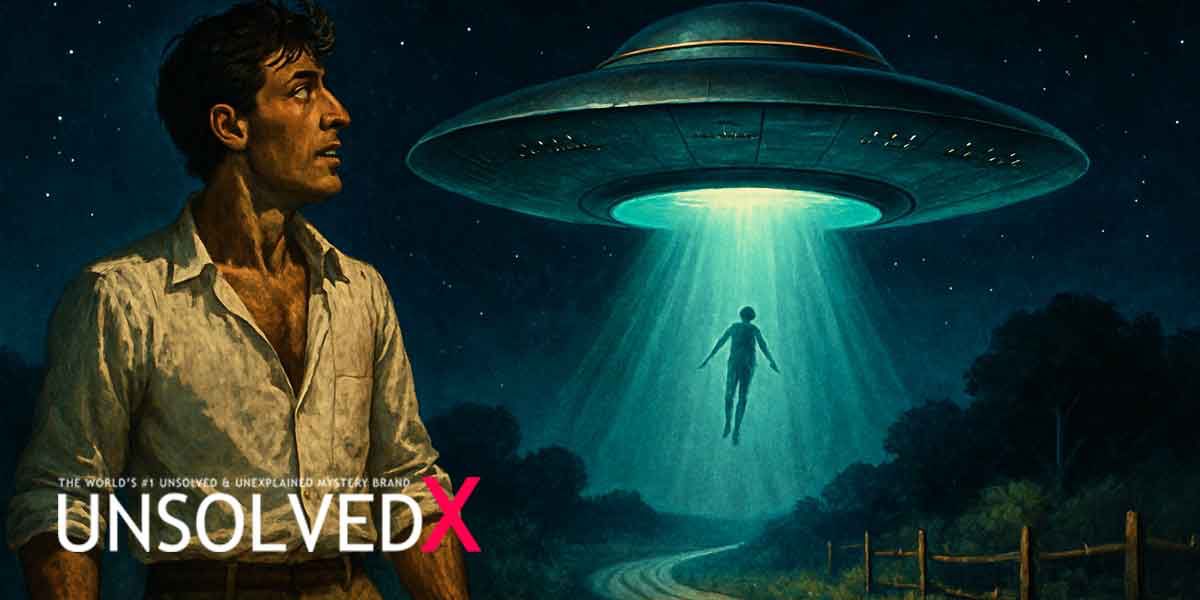
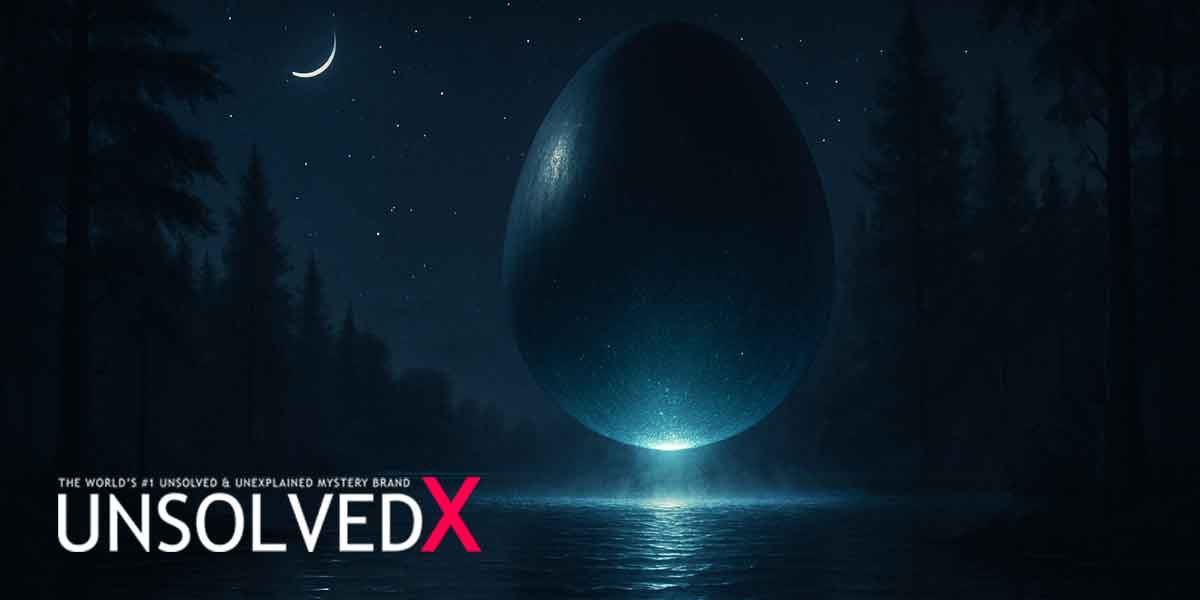

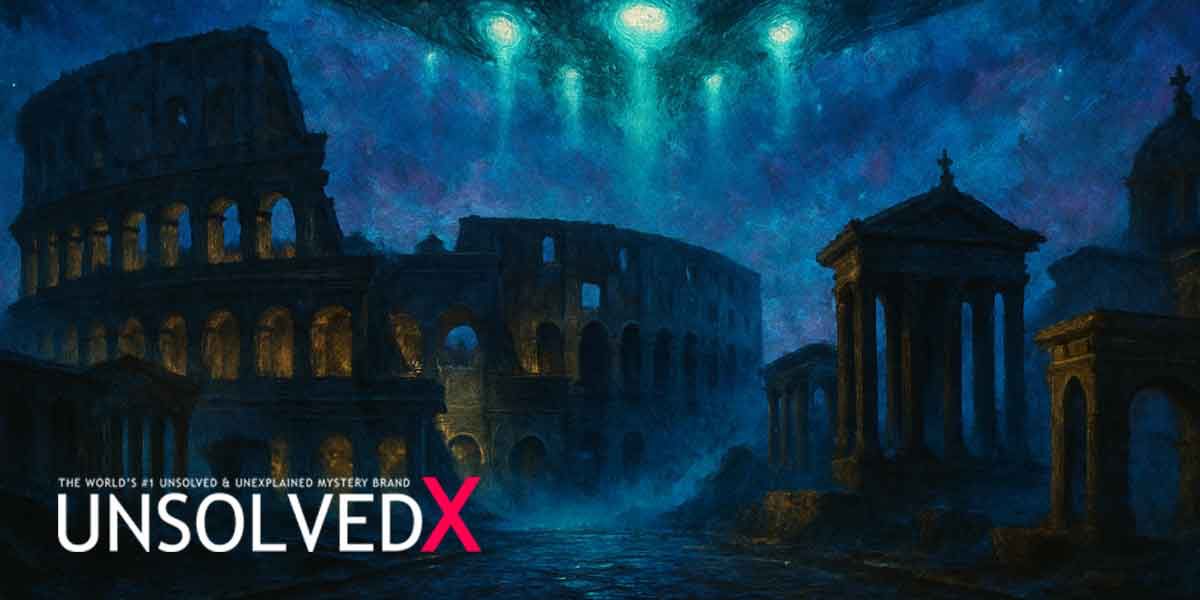
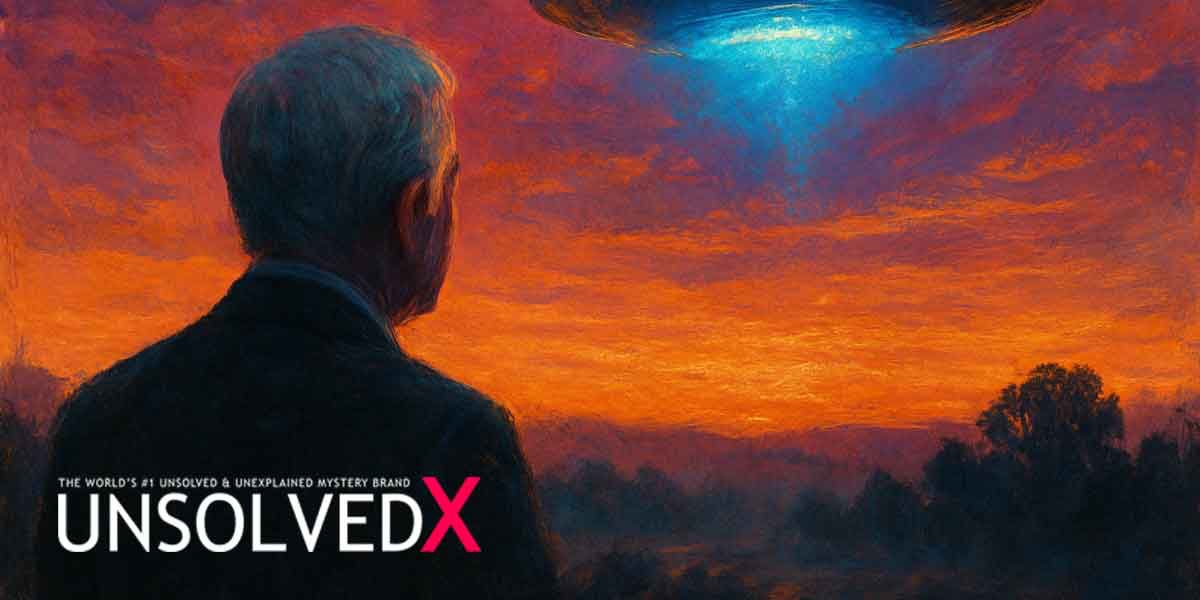
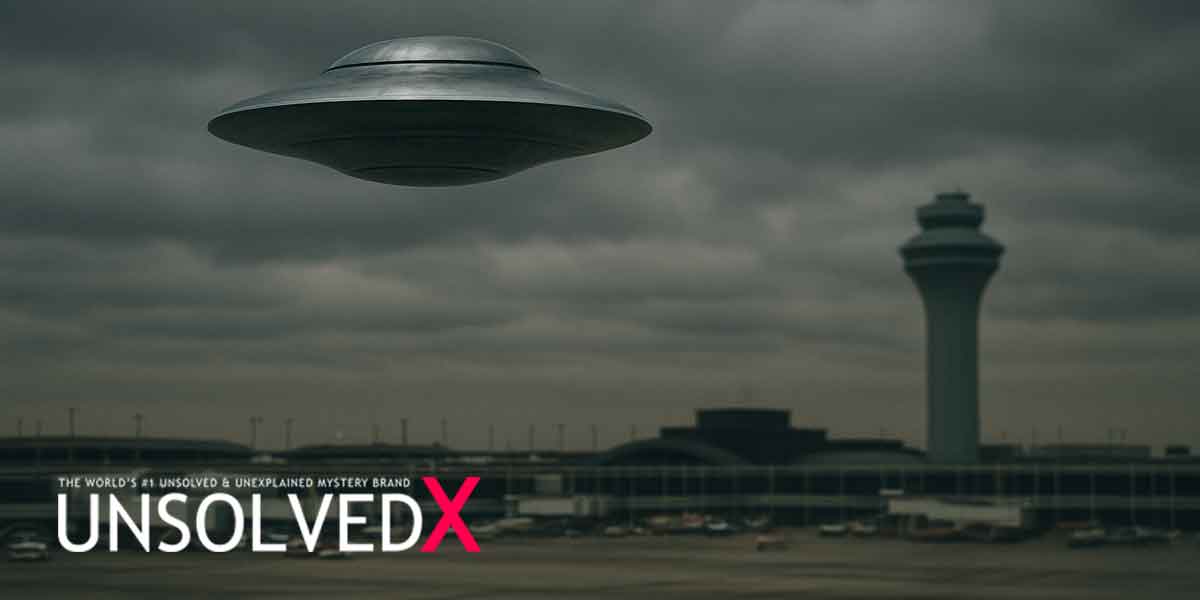
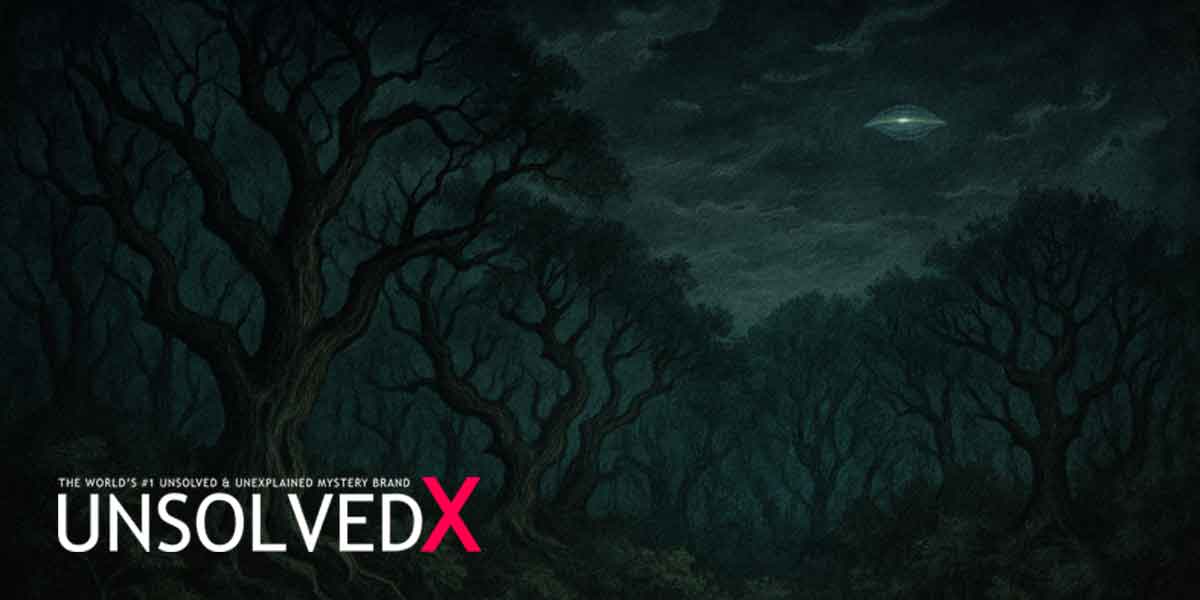

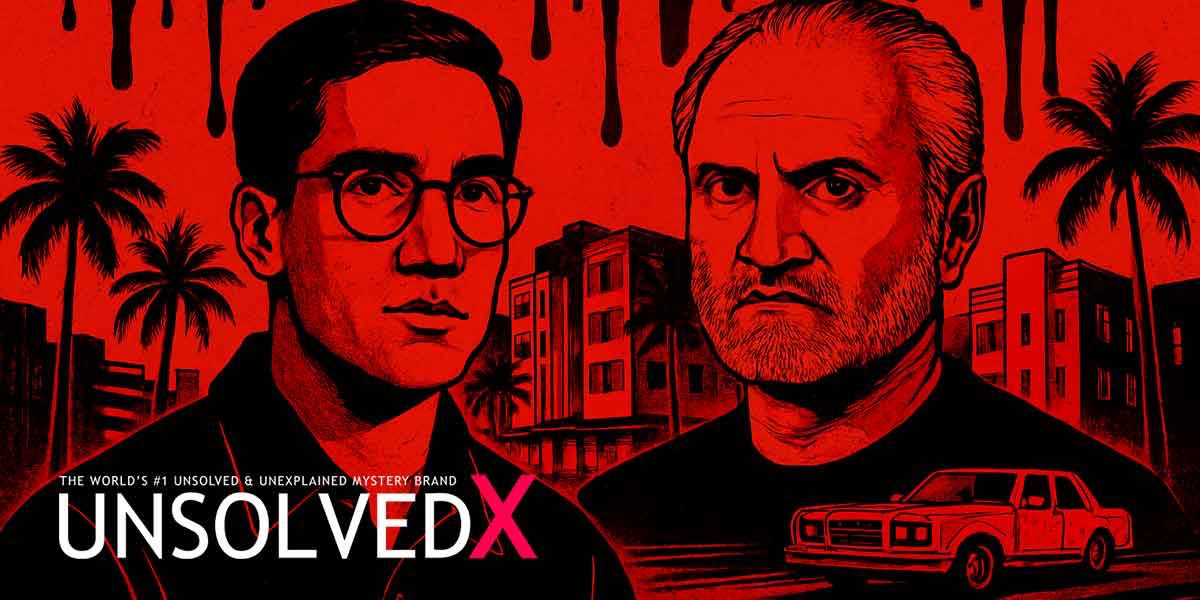
Comments
Comments section coming soon!